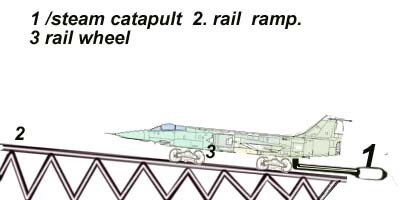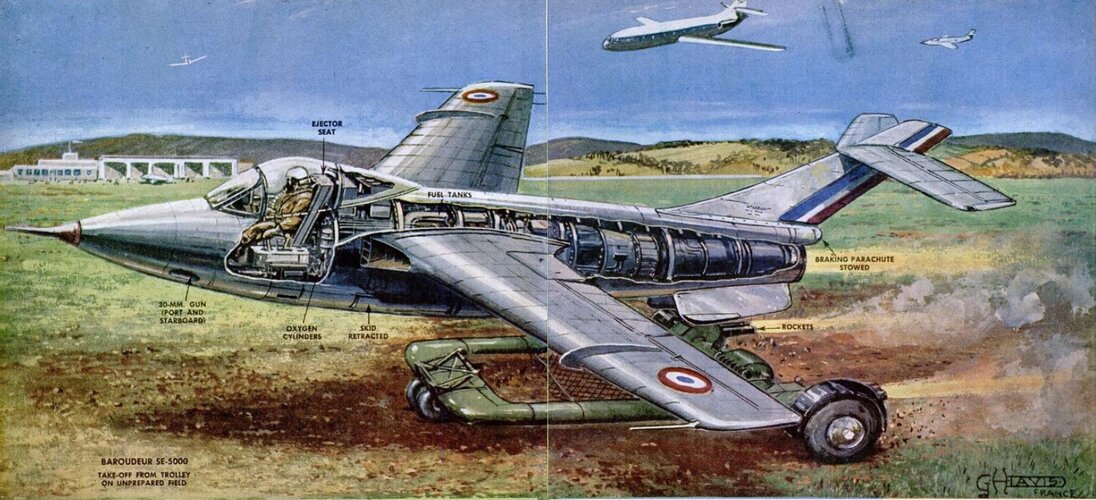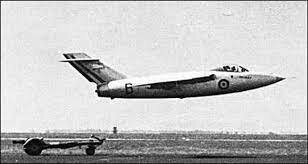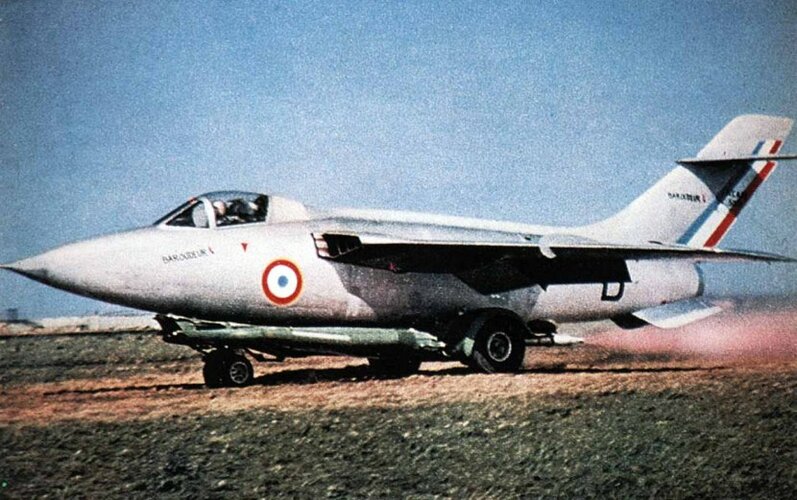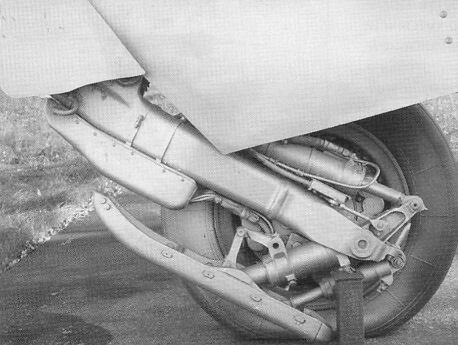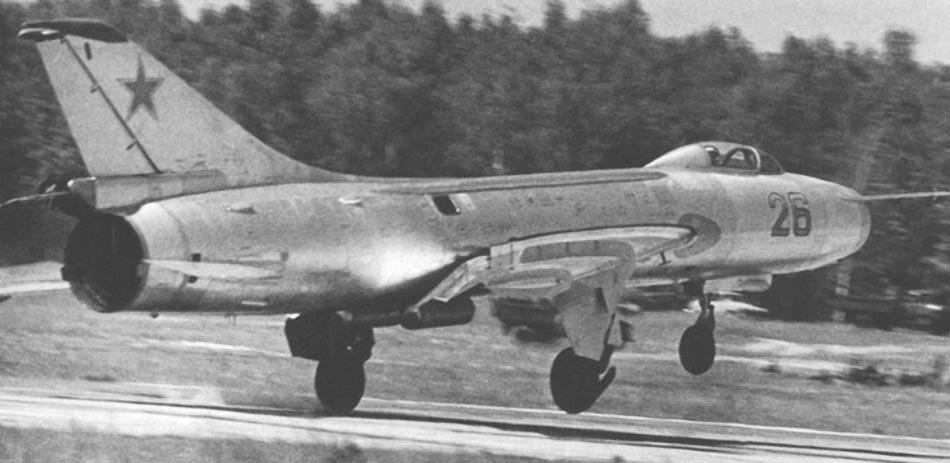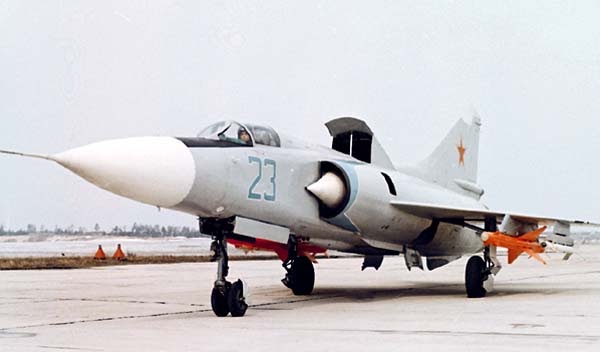In my opinion on the first day of the Soviet attack by surprise all the air bases in Western Europe would have been rendered useless by NBC attacks, the Zell aircraft would have managed to take off from isolated launch sites but they would not have had a place to land as happened to the Egyptian fighters during the Six Day War.
The Germans had already found the solution to this problem during the last months of the Second World War and surely in the Archives of the Luftwaffe they still had information on all possible sites for the VTOL fighters Heinkel Wespe, Heinkel Lerche and Focke-Wulf Triebflügel.
A considerable number of VAK-191s would have been very useful in attacking the fuel and ammunition reserves of the Soviet tanks, the Germans knew how to do it and perhaps would have managed to stop them until the United Nations had reached a territorial agreement advantageous to the aggressor.
The maintenance of the engines would not have been a big problem, the war would not have lasted long.
Surviving ZELL F-104s that had fuel enough to return would have recovered to fields equipped with naval-style arresting cables, had the system been adopted. All the NATO air forces trained to operate under NBC conditions. Given the size of NATO air bases, it was felt unlikely that a nuclear attack would make the base completely unusable, whether by VAK-191Bs in bunkers or ZELL F-104Gs in shelters.
But recovery and repeat missions were not the point. Positing an ongoing, war-fighting strategy runs counter to the massive retaliation doctrine NATO adopted at the time. Massive retaliation doctrine was meant to reassure the frontline NATO states--primarily Germany--that the alliance could defend them without crippling fighting on their own territory--or abandonment during an Allied strategic retreat into France and Belgium. The borders of the alliance were to be a tripwire. Crossing it would immediately trigger annihilation of the attackers on
their own soil, sparing the bordering Allies the worst of the war.
I think that the implications of this doctrine are the only plausible explanation for Germany's obsession with operating without runways and thus for its very un-British approach to VTOL.
While German planning made provision for recovering strike aircraft where possible, the ZELL F-104s or VAK-191Bs were not expected to survive the NATO counterattack in any numbers. Massive retaliation meant that every flyable aircraft would fly to its maximum range before dropping its bomb. Fuel for the return flight would be minimal. So even if an aircraft survived Soviet air defenses without significant damage, unanticipated weather, diversion to alternate targets, or evasive maneuvers over the target were expected to result in loss of the aircraft. Should the initial, all-out NATO counter-blow fail to take the Warsaw Pact out of the war, this lack of fuel reserves, combined with the expected rapidity of the Soviet advance would place all or most of the forward NATO air bases that launched the strike behind Soviet lines. So the first strike had to be a knock-out blow. There would not be others.
Given this scenario, the limited range of German tactical aircraft, and the relative shallowness of Federal German territory, only a first strike would reach targets in the USSR before Germany was overrun. Any second strikes would thus be made against Warsaw Pact forces
inside Germany, the very eventuality that massive retaliation was supposed to preclude. Germans did
not want to drop nuclear weapons on their own territory and people, in the West
or the East.
Perhaps the most interesting part of all this is that history produced the what-if scenario in this case. Inter-Alliance politics, overblown fear of the Soviet Union, overestimation of its military might, and underestimation of its crippling sacrifices in WW2 led to a tenuous doomsday strategy for defending the West--meaning Germany--against a phantom menace of the West's own devising. The other Allies had their own priorities and never took massive retaliation seriously enough to significantly alter their own defense planning. But Germany did--until reality finally caught up.
Had it been otherwise, had there been no nuclear tripwire, I imagine that Germans would never have taken up VTOL or ZELL. They'd have looked for a more practical course. Had they correctly estimated the actual threat posed by the USSR, they would have done nothing and saved their money. Otherwise, if they had continued to magnify the Soviet threat while accepting the inevitability of being overrun in wartime, they might have bought the TSR-2 or the F-111, long-range aircraft that could continue to carry the war to Soviet territory after evacuating to bases in France, Italy, England, or even Turkey.

